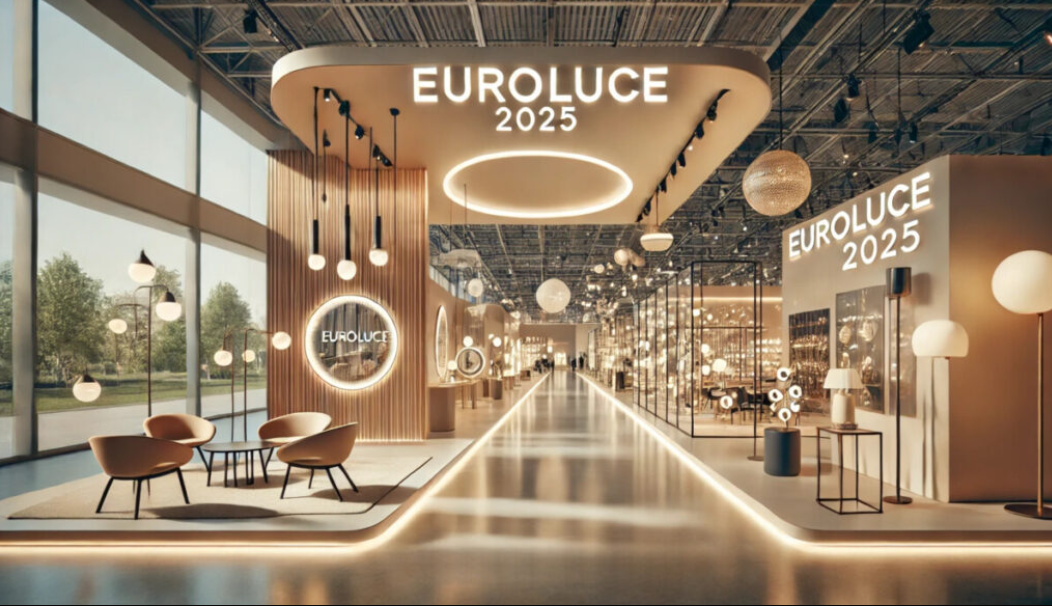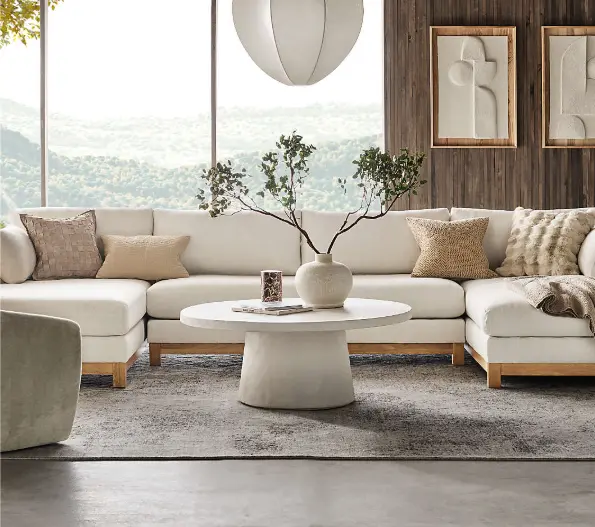In the search for contemporary solutions that combine aesthetics, functionality, and minimalism, microcement has become one of the most desirable materials in interior design.. Its ability to create elegant, seamless surfaces with exceptional durability has placed it at the forefront of 2025 design trends.
What is Microcement?
Microcement is a decorative coating made from a blend of cement, advanced polymers, additives, and mineral pigments. It is applied in a thin layer of just 2–4 mm directly over existing surfaces such as tiles, concrete, cement, or even drywall.
The key advantage of microcement lies in the fact that it doesn’t require removing existing materials — significantly reducing renovation time and costs. This makes it an ideal solution for remodeling without demolition..
Advantages of Microcement in Contemporary Interiors
- Seamless surfaces: Microcement creates continuous, elegant surfaces that visually expand the space. There are no visible joints or grout lines.
- High durability: It is resistant to moisture, wear, temperature fluctuations, and UV radiation — making it perfect for bathrooms, kitchens, and terraces.
- Strong adhesion: It can be applied to almost any surface type with proper preparation.
- Customization: Available in a variety of colors, textures, and finishes — matte, satin, or glossy.
- Easy maintenance: Microcement surfaces are easy to clean, and their long lifespan reduces the need for frequent renovations.
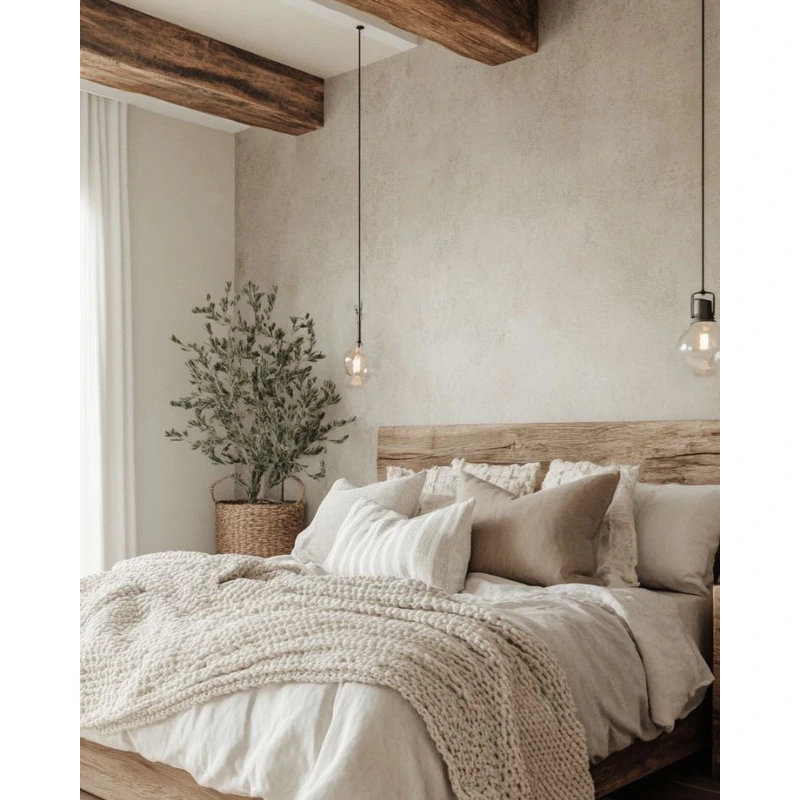
Where is Microcement Used?
1. Bathrooms
Water resistance and overall resistance to chemicals make microcement ideal for shower cabins, walls, and floors in bathrooms. Its minimalist appearance helps create a serene, spa-like atmosphere.
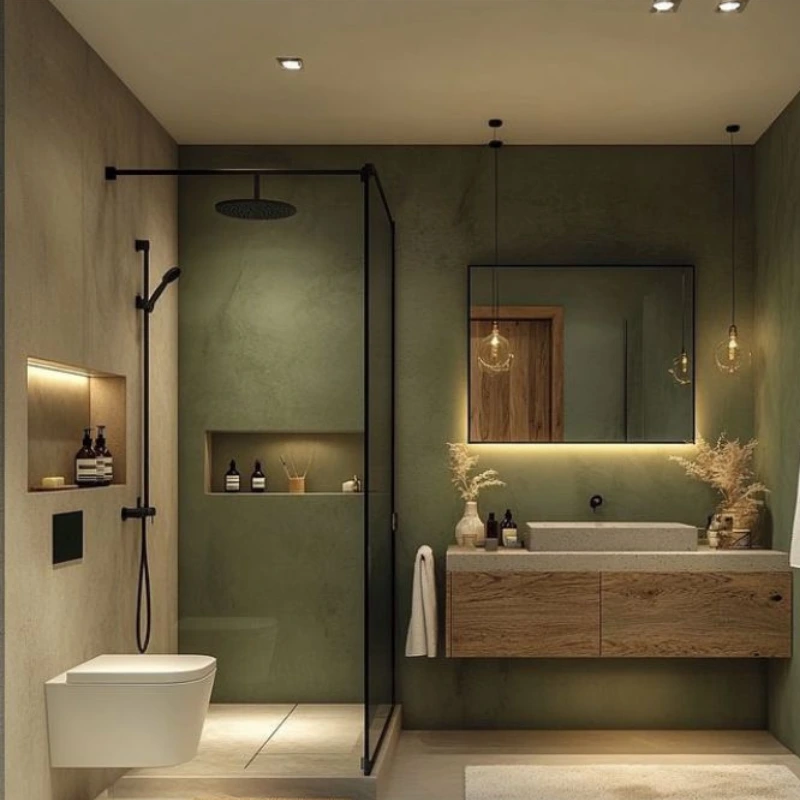
2. Kitchens
Perfect for countertops, wall coverings, and floors thanks to its strength and easy maintenance.
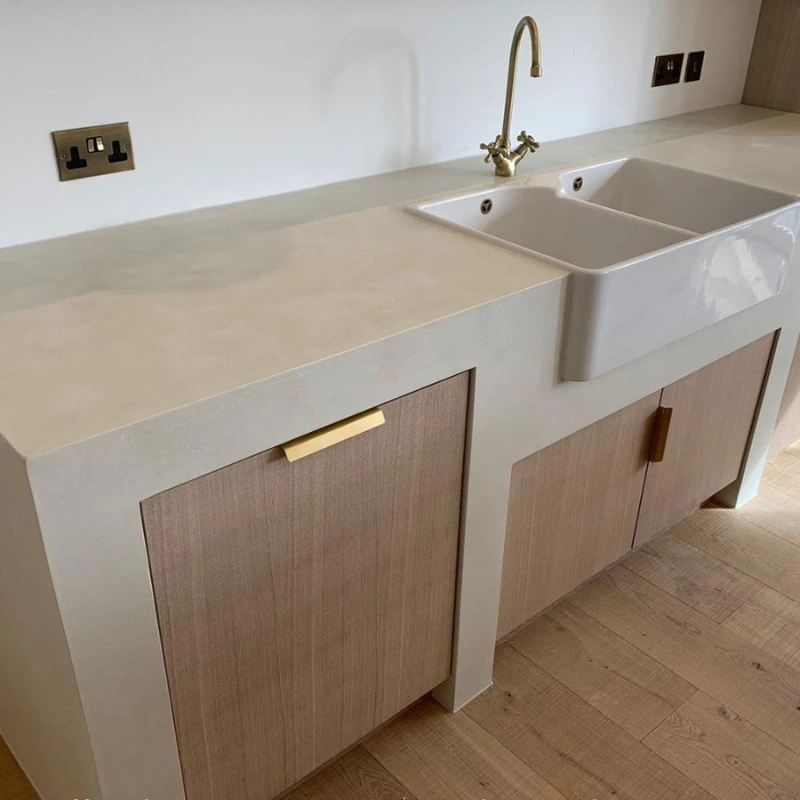
3. Living Rooms and Hallways
In living areas, microcement adds sophistication and effortless luxury. Its subtle sheen and continuous lines contribute to a sense of spaciousness.
4. Commercial Spaces
Due to its durability and elegant appearance, it is increasingly used in hotels, restaurants, retail spaces, and offices.
Microcement and Contemporary Trends
Minimalism, industrial style, and Scandinavian simplicity are the main directions in modern interior design — and microcement fits perfectly into all of them.
In 2025, the following trends stand out:
- Monochromatic interiors with microcement walls and floors in shades of gray, beige, and taupe.
- Warm industrial spaces where microcement is combined with wood and metal.
- Spa-inspired homes featuring microcement bathrooms and wellness corners.
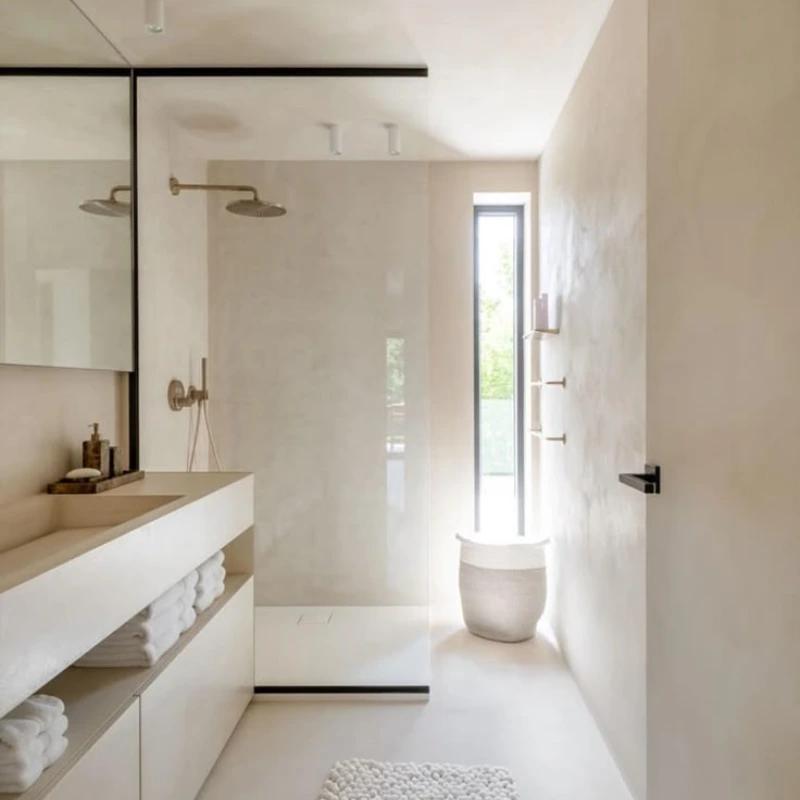
How Is Microcement Applied?
The process of applying microcement involves several stages:
- Surface preparation (leveling and priming).
- Base layer of microcement.
- Finishing layer of microcement with the desired texture.
- Protective coating to ensure water resistance and durability.
Working with microcement requires expertise, so hiring professionals is recommended to achieve a flawless result.
Conclusion
Microcement is not just a passing trend – it’s a smart choice for those seeking durable, aesthetically appealing, and functional solutions. Its application opens up limitless creative possibilities in interior design.
Whether you’re renovating an existing space or creating a new modern one, microcement allows you to achieve a sophisticated look from the ground up.
If you’re considering using microcement in your space, contact the Architaur team.Our designers will provide expert guidance and inspiration at every step of the process.


